Thermal Control Process Apparatus
Categories: Engineering Lab EquipmentDescriptionThe Thermal Control Process Apparatus mimics a common industrial process, including an air-conditioning plant, where a combination of adjustments can control temperature. These can be: • Va...
Product
Description
Description
The Thermal Control Process Apparatus mimics a common industrial process, including an air-conditioning plant, where a combination of adjustments can control temperature. These can be: • Varying the heat energy input to the system • Varying the speed of a circulating fan • Using a variable vane to restrict the flow The apparatus has a variable-speed fan that forces air through a duct. In the duct is an electrically-heated process block. A balance of the heat gained from electrical heating and heat lost by convection and conduction gives a steady temperature at the block. Two temperature sensors measure the temperature of the block. One sensor is in direct thermal contact with the block. The other sensor mounts on an insulating spacer to introduce thermal inertia and variable-time constants into the control loop. A servo-driven vane, mounted after the fan and the process block, creates a variable restriction downstream for more advanced experiments. The control problem is to keep the process temperature within acceptable limits while it works under various conditions. A combination of regulating the electrical energy to the heater, varying the air flow rate and rotating the vane gives the heat control. The apparatus has scaled-down time constants for shorter laboratory time. A relay amplifier with variable hysteresis allows more advanced experiments
Learning Outcomes
Heat transfer
On/off control – experiment includes investigation of overshoot and undershoot, on and off time ratio, rates of heating and cooling, off set and hysteresis
Proportional, proportional + integral, or proportional + integral + differential control
Frequency response of model process
Thermal inertia and variable-time constants
Multi-variable control – up to three variables can be monitored and individually controlled
The flexible design of the equipment allows the user to develop many other analysis and control exercises to suit their needs. It is good for extended or advanced control experiments, and is ideal for student project work.
Specifications
ATICO is committed to a programme of continuous improvement; hence we reserve the right to alter the design and product specification without prior notice.
Nett dimensions:
540 mm x 330 mm x 420 mm and 17 kg
Approximate packed dimensions:
0.34 m3 and 41 kg
Inputs (0–10 VDC):
• Fan speed
• Heater
• Vane position
• Hysteresis relay input: 0 to +/– 10 VDC
• Hysteresis relay control
Outputs (0–10 VDC):
• Temperature Sensor 1: direct contact
• Temperature Sensor 2: on insulating spacer
• Hysteresis relay output
Other parts included:
Connecting cables
Operating Conditions
Operating Enviroment:
Laboratory
Storage Temprature Range :
–25°C to +55°C (when packed for transport)
Operating Temprature range:
+5°C to +40°C
Operating relative humidity range:
80% at temperatures < 31°C decreasing linearly to 50% at 40°C
quick overview :
Description
The Thermal Control Process Apparatus mimics a common industrial process, including an air-conditioning plant, where a combination of adjustments can control temperature. These can be: • Varying the heat energy input to the system • Varying the speed of a circulating fan • Using a variable vane to restrict the flow The apparatus has a variable-speed fan that forces air through a duct. In the duct is an electrically-heated process block. A balance of the heat gained from electrical heating and heat lost by convection and conduction gives a steady temperature at the block. Two temperature sensors measure the temperature of the block. One sensor is in direct thermal contact with the block. The other sensor mounts on an insulating spacer to introduce thermal inertia and variable-time constants into the control loop. A servo-driven vane, mounted after the fan and the process block, creates a variable restriction downstream for more advanced experiments. The control problem is to keep the process temperature within acceptable limits while it works under various conditions. A combination of regulating the electrical energy to the heater, varying the air flow rate and rotating the vane gives the heat control. The apparatus has scaled-down time constants for shorter laboratory time. A relay amplifier with variable hysteresis allows more advanced experiments
Learning Outcomes
Heat transfer
On/off control – experiment includes investigation of overshoot and undershoot, on and off time ratio, rates of heating and cooling, off set and hysteresis
Proportional, proportional + integral, or proportional + integral + differential control
Frequency response of model process
Thermal inertia and variable-time constants
Multi-variable control – up to three variables can be monitored and individually controlled
The flexible design of the equipment allows the user to develop many other analysis and control exercises to suit their needs. It is good for extended or advanced control experiments, and is ideal for student project work.
Specifications
ATICO is committed to a programme of continuous improvement; hence we reserve the right to alter the design and product specification without prior notice.
Nett dimensions:
540 mm x 330 mm x 420 mm and 17 kg
Approximate packed dimensions:
0.34 m3 and 41 kg
Inputs (0–10 VDC):
• Fan speed
• Heater
• Vane position
• Hysteresis relay input: 0 to +/– 10 VDC
• Hysteresis relay control
Outputs (0–10 VDC):
• Temperature Sensor 1: direct contact
• Temperature Sensor 2: on insulating spacer
• Hysteresis relay output
Other parts included:
Connecting cables
Operating Conditions
Operating Enviroment:
Laboratory
Storage Temprature Range :
–25°C to +55°C (when packed for transport)
Operating Temprature range:
+5°C to +40°C
Operating relative humidity range:
80% at temperatures < 31°C decreasing linearly to 50% at 40°C
Product
Reviews
add Review
reviews
No Review Yet.
Copyrights © 2025 All Rights Reserved by Atico

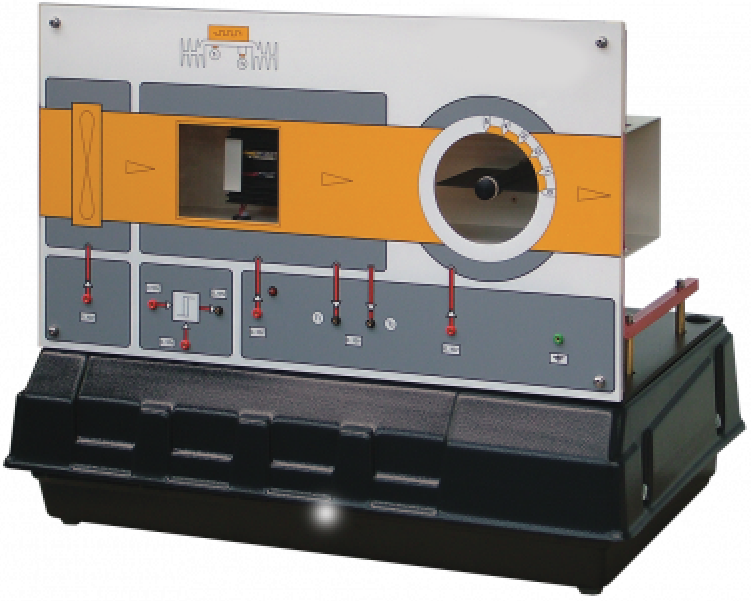






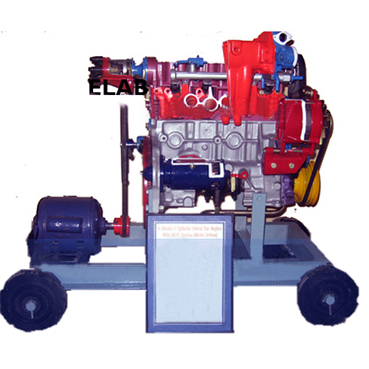
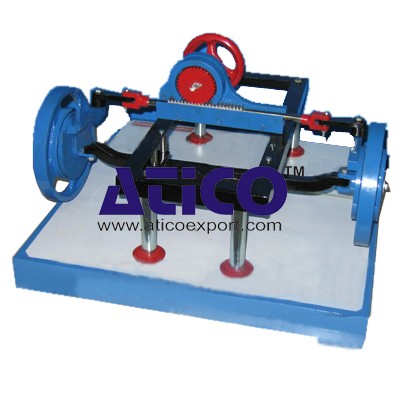
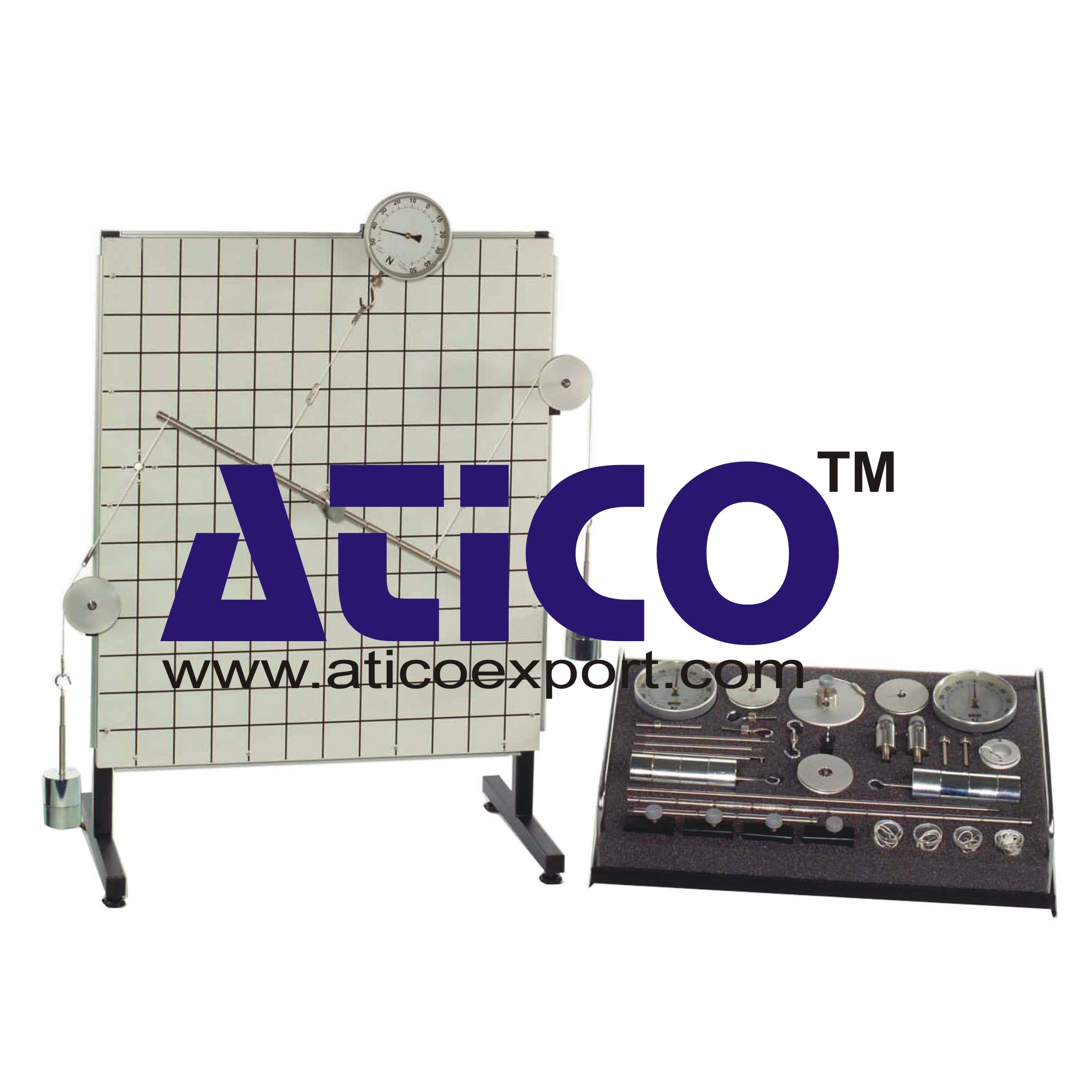
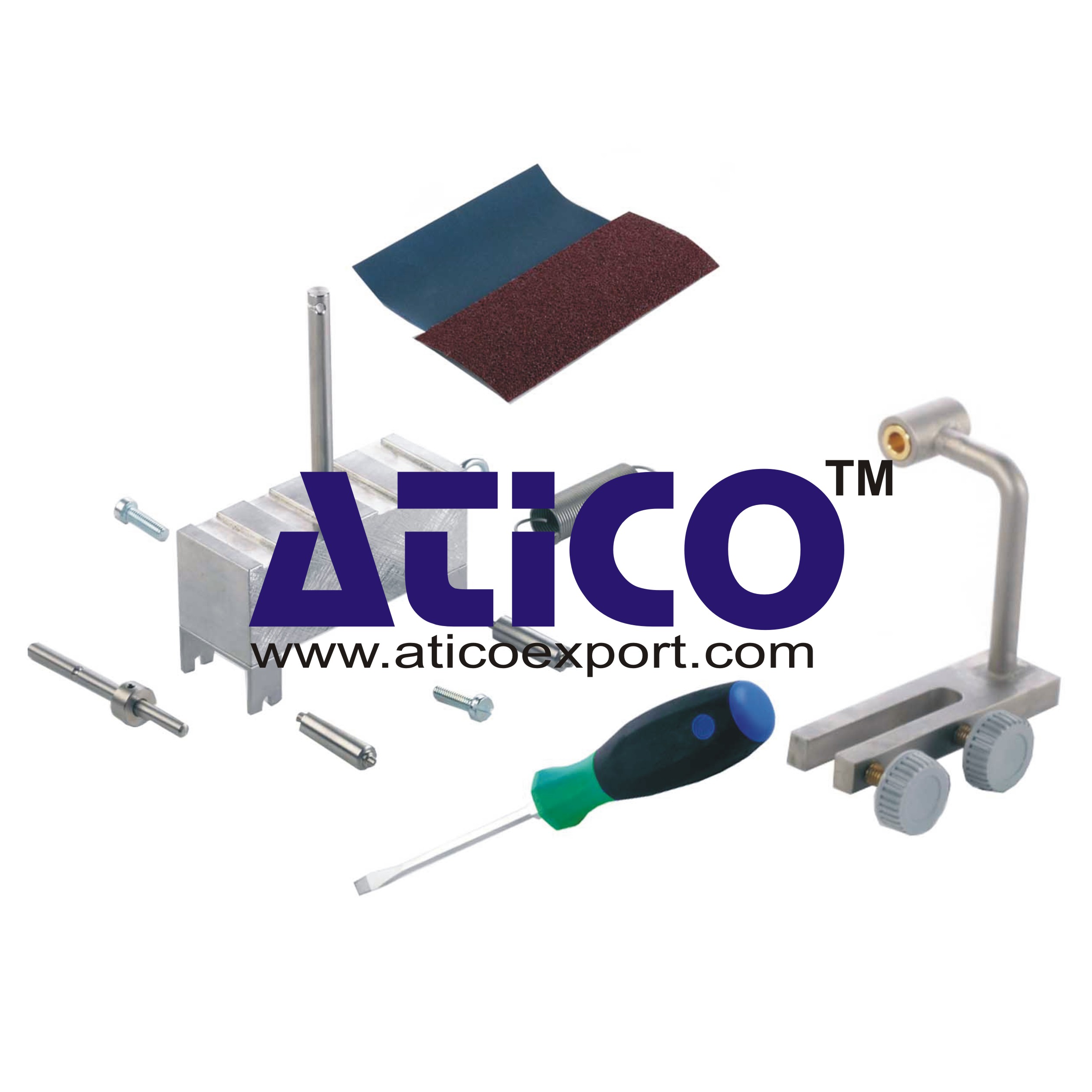
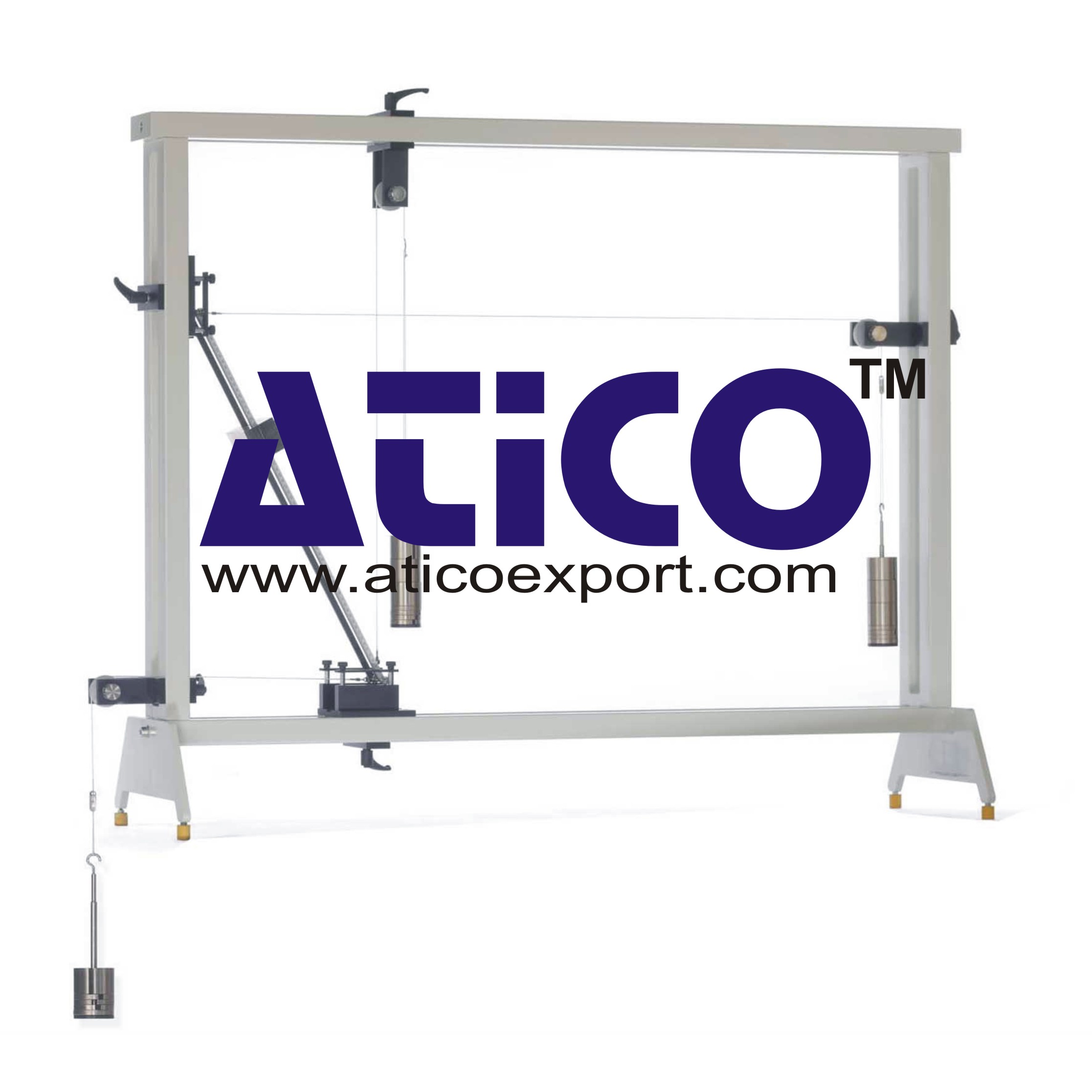

Product
Reviews
add Review
reviews
No Review Yet.